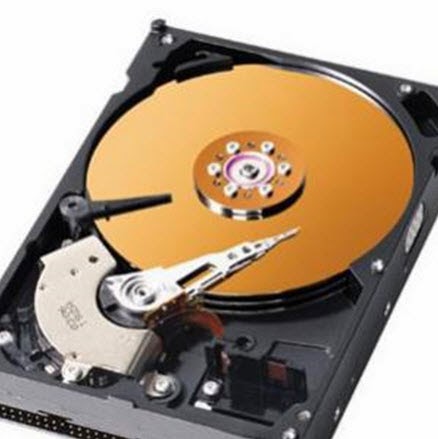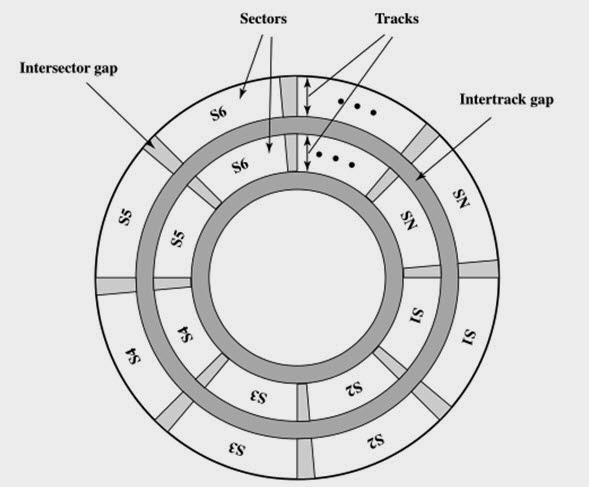Monday, March 13, 2017
Hardisk Drive Story By Sofi Rahmatulloh
Hardisk Drive Story By Sofi Rahmatulloh
Hardisk or HDD (Hardisk Drive) has a funtion as data storage in a computer. It save data permanently. The main part of hardisk is platter that contains ferromagnetic material that packed vertically.
Data access is done by actuator.
 |
| Component inside hardisk |
Hardisk History
Hardisk firstly found at 1956. IBM is the first company that produce Hardisk. Its named IBM 350.
Then IBM 350 is used to IBM 305 RAMAC computer system.
Oldest hardisk is not as small as now. Long time ago, the size of hardisk is as big as cupboard.
And the oldest hardisk is not as fast as now.
Can be imagined. The oldest one has 3.375 MB capacity. And has rotation speed : 1200 RPM.
It means that hardisk has 8800 characters per second.
1 character is similar to 6 bit.
So it means 52800 bit / second or 6600 byte/second ( 8 bit = 1 byte ).
We can imagine how slow that hardisk.
How happy we are.. Now, we can use small size hardisk with high speed tranfer rate.
How can hardisk work ?
Platter work as component that rotate constantly.
Actuator only work to choose the right track.
Head in hardisk is divided to the funtion, there are head to write and there are head to read.
What can read and write a data ?
Hardisk drive utilize magnetic principal.
In writing process --> refer to the magnetic theory. That electricity that supplied through the coil will produce a magnetic field. The magnetic field in hardisk can be used to write a data.
In reading process --> refer to the magnetic theory. That magnetic field that moving between the coil will produce an electricity signal. The electricity signal in hardisk can be used to read a data.
Model of data storage.
- Removable Disk
Where magnetic plat cant be separated with controller component.
For example : External HDD. Floppy Disk. - Non Removable
Where magnetic plat can be separated with controller component.
For example : Expansion HDD. flash disk. CD. DVD. Bluray.
 |
| Hardisk Data Organzation |
Available link for download
Subscribe to:
Post Comments (Atom)
No comments:
Post a Comment